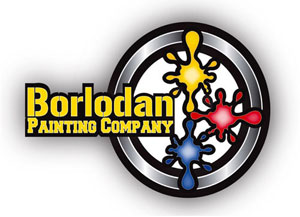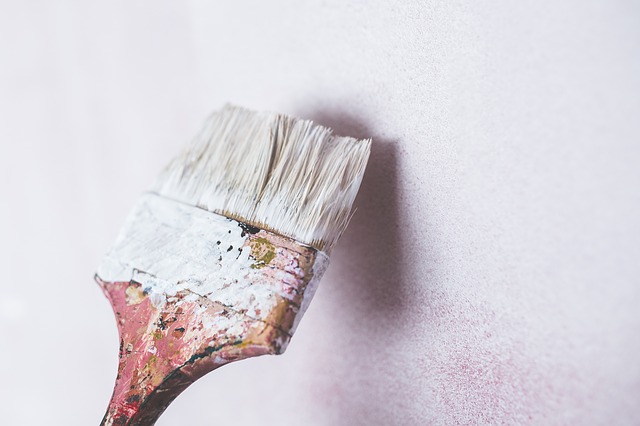Yes. You can paint over mold. “But,” says George Borlodan, Templeton house painter, “the best approach is to locate and remove the source of mold.” Mold growing on walls, floors, or under cabinets is a sign that those areas are holding moisture from a leak or water absorption. The moisture can come from a leaking roof, standing water under the building, or other cause such as a leak under a sink, or a leaking toilet.
While paint that is formulated to address mold is available, painting over the mold and stain is only a temporary repair unless the cause of the mold is removed. If the moisture problem causing the mold is not located and repaired, the mold is probably going to come back. Along with mold being unsightly and a potential health hazard, the wetness that is allowing the mold to grow can also cause expensive structural damage.
The Center for Disease Control reports that exposure to indoor mold is linked to upper respiratory tract symptoms in otherwise healthy people and more complicated symptoms in those with compromised health, especially respiratory conditions.
Both water damage and mold will stain walls, floors, and other materials they contact, especially when allowed to soak into the wood or masonry. The appropriate paint will cover the stain, but if the contributing problem is not repaired, the continuing moisture will eventually damage the paint and stains will return. There is also the danger of water and moisture damaging electrical wiring and creating a fire hazard.
As soon as mold is found, it is important to inspect the building for the cause of the moisture build up. Inspecting the immediate area may not reveal the source, especially if when the roof leaks or storms have damaged the outside of a building. When mold is appearing in a kitchen or bathroom look for leaking appliances and plumbing. Some landscaping that creates damp and shaded areas can also contribute to mold in a building’s walls or flooring.
Plumbers can fix leaking pipes; building professionals can inspect and repair any structural damage, and electricians can identify and repair potential electrical problems. There are also companies specializing in removing standing water, removing mold, and assessing the extent of water and mold damage.
One of the first services to call for assistance when mold is discovered is Borlodan Painting. The company can help you find the appropriate mold and water damage specialist as well as evaluate the mold problem from a professional painter’s experience.
Borlodan may recommend a cleanup process to control the mold until the contributing problem is repaired. When it is time to repaint the team will be ready with the best quality of paint to kill the mold, cover any stains, and help prevent future problems.
Mold is a living growing organism, a fungus, that is not deterred by just any kind of paint. Mold eats through painted surfaces and can cause chemical reactions on painted surfaces. There are as many cleaning products for removing mold as there are different types of mold. Touching and disturbing mold by cleaning, even painting over it, can cause spores to explode into the air and into respiratory systems. Precautions, such as appropriate respiratory equipment and appropriate cleaning and painting procedures need to be followed to prevent airborne contamination.
The Borlodan team is a top service to call for help with the final touches to repair mold damage.

